Description
Dr. Corey Hunter discusses the evolving landscape of neuromodulation for chronic pain management. Highlighting the shift from limited options pre-2015 to today’s expanding field, he emphasizes individualized therapy selection based on condition, features, and patient preferences. Hunter critiques reliance solely on waveform efficacy and encourages considering device attributes like battery type, MRI compatibility, and remote monitoring. He introduces a decision-making framework tailored to patient needs and demonstrates that switching between neuromodulation modalities can restore effectiveness. The talk concludes with a strong message: failure of one system doesn’t mean failure of the therapy—innovation and patient-centered customization are key.









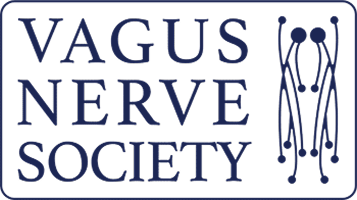

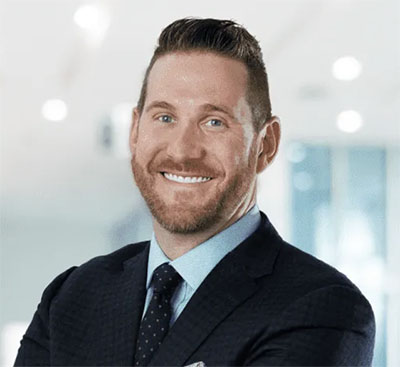
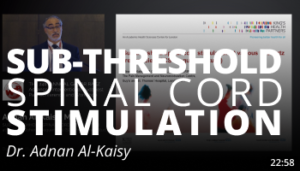

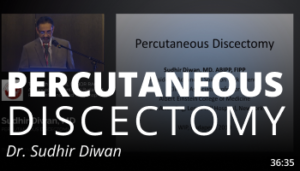

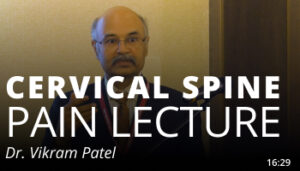



Reviews
There are no reviews yet.